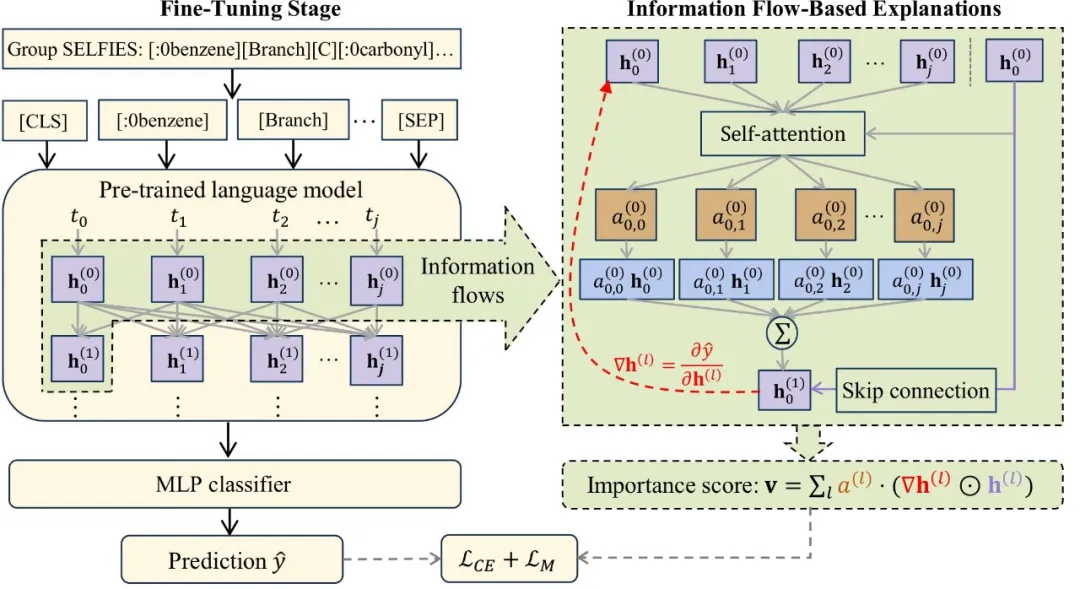Papers
Welcome to LLM+EC Community.

Large Language Model-Enhanced Algorithm Selection: Towards Comprehensive Algorithm Representation
-
1. Leverage the powerful representation capability of LLM to extract discriminative
algorithm features.
2. The comprehensive algorithm representation bestows AS-LLM with at least three
advantages: (i) A more nuanced modeling of the bidirectional nature of algorithm
selection tasks; (ii) The generalization capability to novel algorithms not encountered
during training; (iii) Robust performance superiority in different scenarios.

Design Principle Transfer in Neural Architecture Search via Large Language Models
-
1. To the best of our knowledge, this work is the first research for the design
principle transfer. This novel transfer paradigm aims to build a refined search space
for new NAS tasks, leading to the improvement of search performance and efficiency.
2. An LLM-assisted framework is proposed to implement the design principle transfer
across different NAS tasks, which offers at least three advantages: (i) Learning of the
general design principles based on LLMs; (ii) Task-specific principle adaptation against
domain shit; (iii) Improved interpretability of search space refinement.

Explainable Molecular Property Prediction: Aligning Chemical Concepts with Predictions via Language Models
-
Information flow-based explanation generation: By deconstructing the inference process
of the Transformer, this paper integrates attention weights and gradients as
explanations, capturing not only the interactions between molecular structures but also
reflecting the reasoning process behind the model architecture. Therefore, the proposed
explainability strategy better quantifies the contribution of each chemically semantic
structure to molecular properties.
Alignment loss for correcting explanations: To ensure that the explanations accurately
reflect the structure-property relationship, this paper designs an alignment loss that
calibrates the explanations by aligning the generated explanations with a small amount
of real annotations. Through manifold learning theory, the proposed alignment loss is
proven effective in reflecting the structure-property relationship.